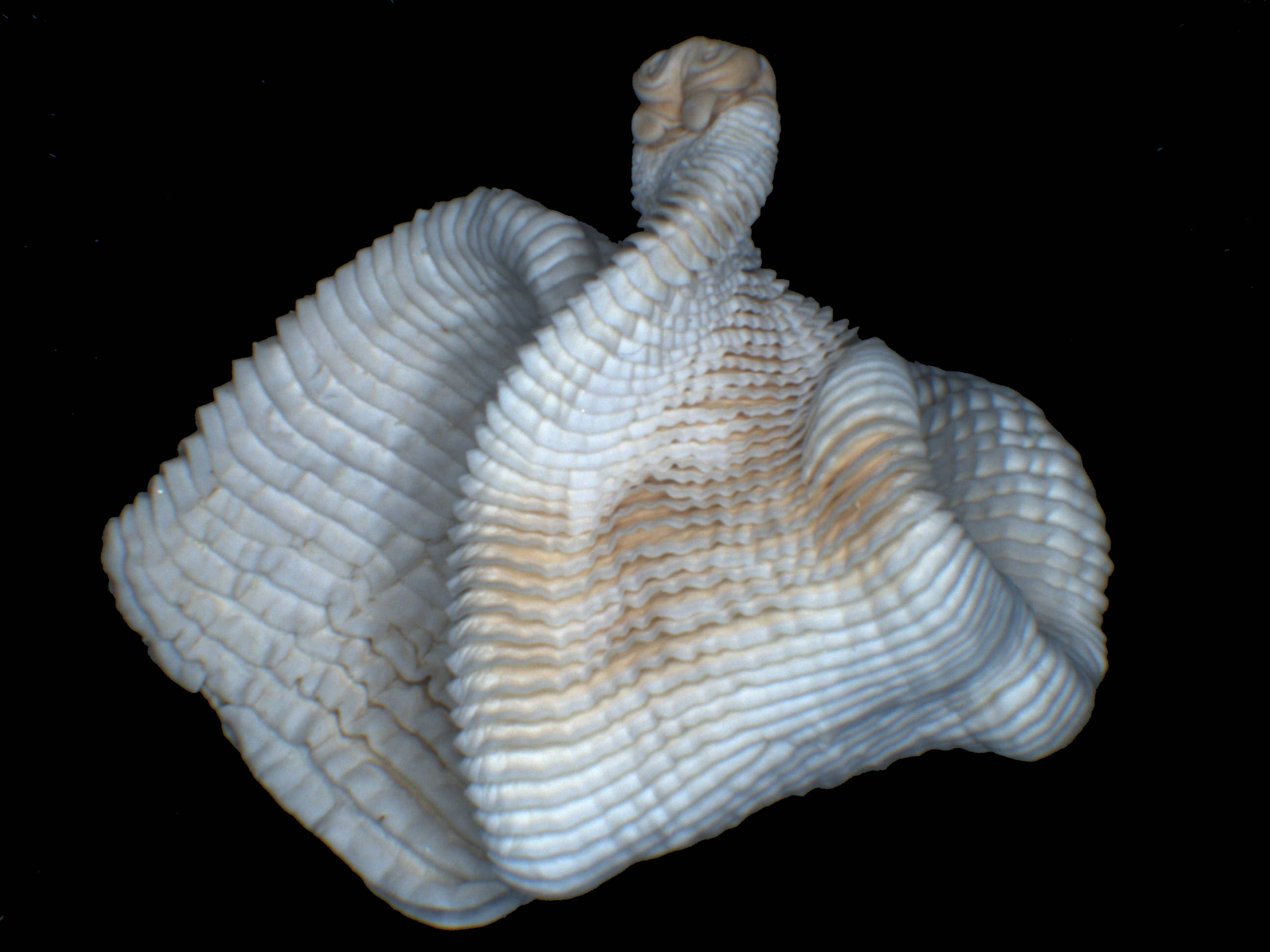Home The Horse Tapeworm The Tapeworm
The Tapeworm
Three species of tapeworm are capable of infecting horses; Anoplocephala perfoliata, Anoplocephala magna and Anoplocephaloides mamillana (previously known as Paranoplocephala mamilliana).

Of these, A. perfoliata is the most common in the UK. This tapeworm has a flattened body (strobila) and can grow up to 8 cm long by 1.5 cm wide. The body is made up of numerous segments (proglottids) and the head (scolex) has four suckers which the tapeworm uses to attach itself to the gut wall. It can be distinguished from the other species by the presence of flaps (lappets) on the head.

A. magna and A. mamillana are generally found in the small intestine, whereas A. perfoliata are usually found around the ileocaecal junction, between the small intestine and large intestine where the caecum is connected. Colonisation of the ileocaecal junction by A. perfoliata can result in physical damage to the tissue and the presence of large numbers can result in clinical disease such as colic.

